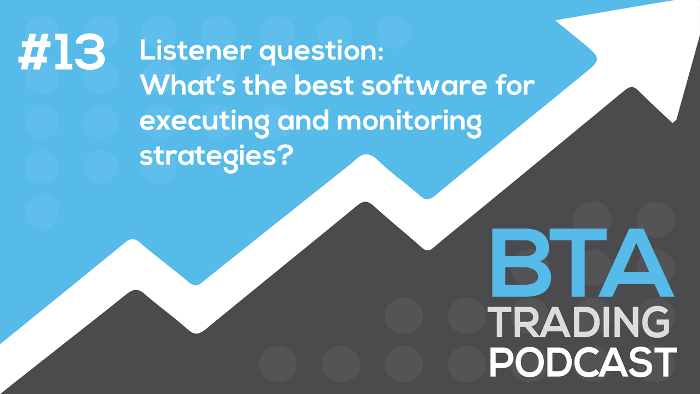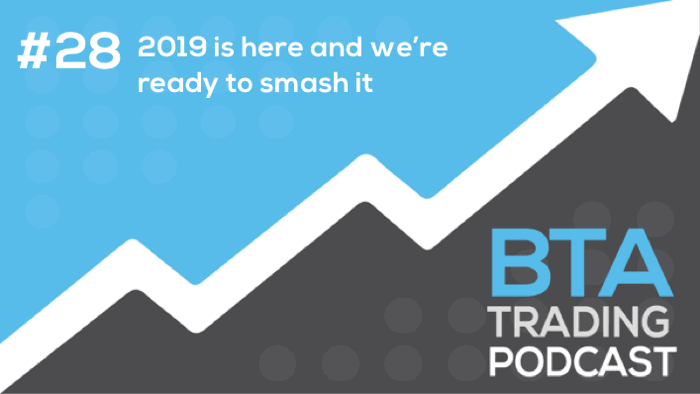I think it’s a pretty good topic, which can often be misunderstood, so let’s talk about stop-losses a bit more today.
In general, we traders don’t like our stop-losses being hit (who does, right?).
Each stop-loss that’s hit can mean an uncomfortable feeling of “failure” or “disappointment” – especially to traders who aren’t thinking in terms of probabilities yet.
So to minimize the pain, we’re constantly trying to minimize our stop-losses.
But the problem is, that the more we shrink our stop-losses, the more often they get hit.
Each market and each trading system, needs room to “breath”. The less breathing space we give them, the more often our stop-loss gets hit, so there really isn’t much reward making our stop-losses smaller and smaller.
On the contrary, big stop-losses generally work much better (at least from my own research and experience). They can improve the overall system performance significantly and can even produce lower drawdowns (it is a paradox, but it is true).
But the problem with big stop-losses is…
….even though they rarely get hit (they’re really just “protective” stop-losses and the average loss is usually much smaller than the actual stop-loss -at least from my long term experience with breakout trading strategies)…
…it still needs a certain mental shift to get the confidence to start working with larger stop losses.
So, what are the solutions?
A simple change to using a different stop-loss type, for example from a USD dollar based to ATR or % based – as suggested in the Breakout Masterclass Community forum – doesn’t really make much of a difference.
This hurdle needs to be addressed on a more fundamental level, and these are the 3 best ways I have found:
- Think more in terms of probabilities.
Trading is a mental game. It’s not about being right or being wrong, it’s all about combinations of probabilities and risk-reward-ratios (one of the future coaching sessions in the Breakout Masterclass will be dedicated to this specific topic). Once you start thinking in terms of probabilities, you become less bothered with stop-losses being hit, and using larger stop-losses will become easier and easier.
'Trading is a mental game. It’s not about being right or wrong, it’s all about combinations of probabilities and risk-reward-ratios.' Click To Tweet
- Refocus on portfolios and low correlations.
Another BIG secret to stop-loss mastery is to start thinking more in terms of portfolios and less preoccupied with a single system. Once you start putting together different trading strategies, with different trading logic and on different markets, and once you see what a combination of 3-4 low correlated trading strategies can do, you’ll become less concerned with stop-losses being hit and using larger stop-losses will become easier and easier.
'Start thinking more in terms of portfolios and less preoccupied with a single system.' Click To Tweet
- Implement advanced techniques, like Market Internals.
There are techniques that can help with better market timing, and can significantly reduce the number of losing trades (and increase the Win%). With less losing trades and lower drawdowns (both can be achieved with Market Internals very quickly), the challenge of using bigger stop-losses will again fade out more and more.
Of course, combining these three tips is the real sweet spot :-)
Happy trading!
Tomas and Andrew
7 Proven Tips to Build Profitable Breakout Strategies FAST
✓ Key components to building better breakout strategies faster than ‘normal’
✓ The most common mistakes breakout traders often make that costs them money – don’t let these catch you out
✓ How to choose the best markets and timeframe for quicker and more consistent results
✓ The shockingly simple technique to fast-track your breakout trading progress in just days








![[VIDEO] Fear can make you a prisoner, hope can set you free](https://bettertraderacademy.com/wp-content/uploads/2019/03/25mar19-min.png)
![[VIDEO] Is your trading glass half empty?](https://bettertraderacademy.com/wp-content/uploads/2019/03/28mar19-min.png)

![[VIDEO] We are in a volatility business](https://bettertraderacademy.com/wp-content/uploads/2019/05/6may19-min.png)
![[VIDEO] Don’t use trading techniques as crutches](https://bettertraderacademy.com/wp-content/uploads/2019/06/10jun19-min.png)




